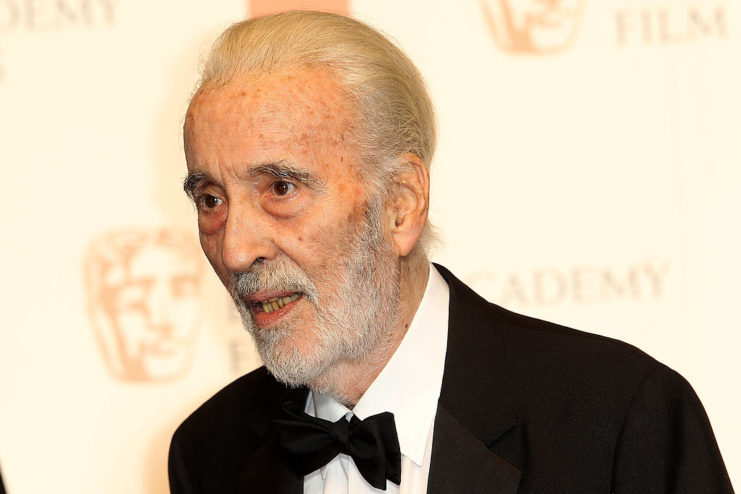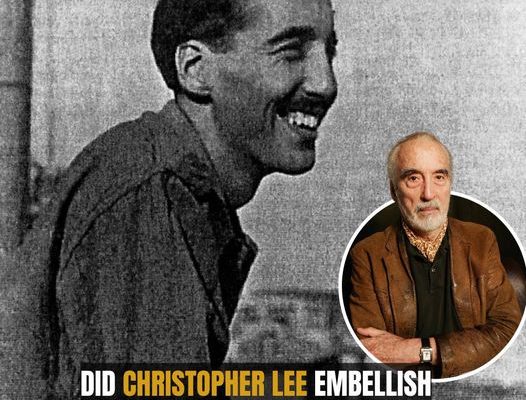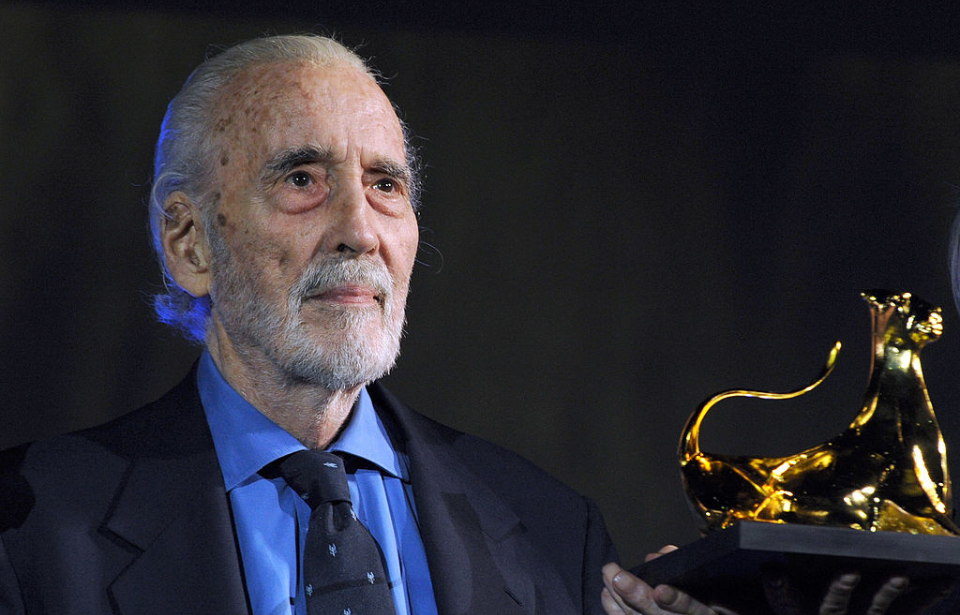
Written by Todd Neikirk and Clare Fitzgerald.
Christoper Lee had an incredibly long acting career that began in the late 1940s. He gained notoriety for appearing as Dracula in a number of films and was later a Bond villain. For those of a younger generation, he’s likely most recognizable for his roles in The Lord of the Rings trilogy and Star Wars.
Prior to becoming an actor, Lee served his country during the Second World War. While his service is noteworthy, there are some who believe he regularly exaggerated his achievements during the conflict.
Volunteering during the Winter War
Christopher Lee was born in 1922 and was just 17 years old when Europe became embroiled in the Second World War. Despite being a teenager, he was eager to do his part, and upon the Soviet Union invading Finland volunteered with the Finnish Army. According to Lee, he wasn’t put into combat situations during the 1939-40 Winter War, but was given a uniform and placed on guard duty.
After approximately two weeks, he was sent home, along with other British volunteers. He once said of his time in Finland, “We went there with a group of friends and said we wanted to help. We could shoot pretty well, but couldn’t ski. We were thanked for our help, but didn’t, of course, get anywhere close to the border.”
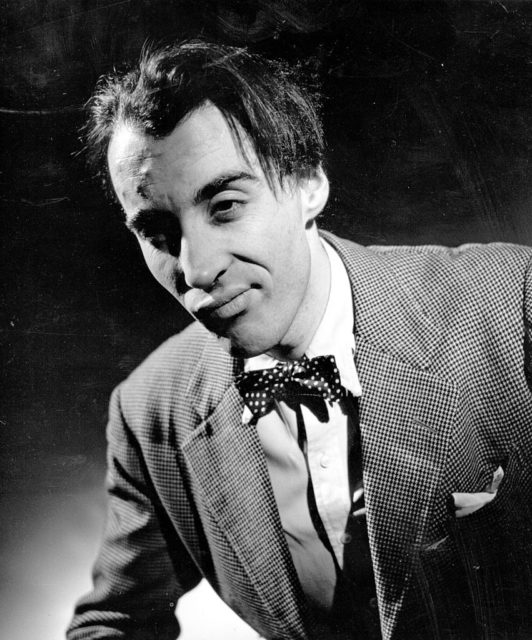
The Daily Mail‘s Guy Walters finds this account to be dubious. According to the journalist and historian, around 8,500 British citizens volunteered to help the Finns during the Winter War, but only 200 actually traveled to the country – and nearly a year prior to when Lee claimed he did. Additionally, Walters finds its difficult to believe the Finnish Army would have accepted schoolboys to fight.
Christopher Lee joined the Royal Air Force
In 1941, Christopher Lee’s father died from a bout with pneumonia, just after his son joined the Home Guard. The future actor realized he didn’t want to serve with the British Army like the elder Lee and, instead, enlisted in the Royal Air Force. He reported to RAF Uxbridge for training and was posted to the Initial Training Wing at Paignton. Upon passing his exams, he entered into the British Commonwealth Air Training Program (BCATP).
The BCATP saw Lee sent to Southern Rhodesia, where he trained on de Havilland Tiger Moths. During this time, he suffered from headaches and blurred vision, and it was later determined he had a problem with his optic nerve. As such, he was no longer allowed to serve in the air.
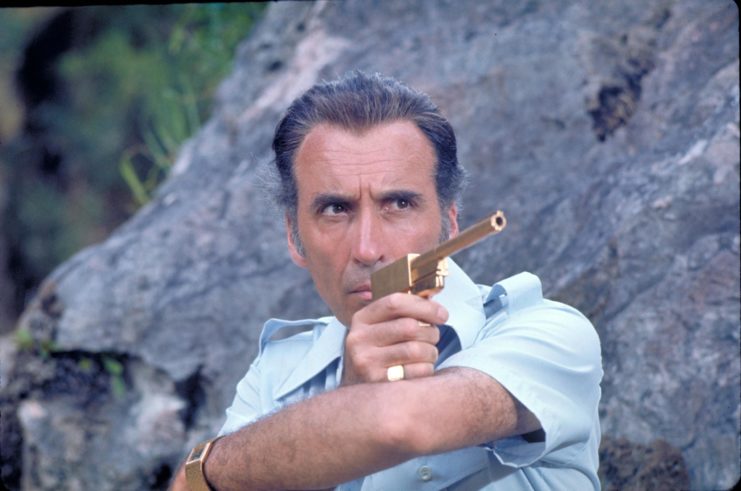
While he couldn’t help the RAF by flying, Lee knew he needed to do something “constructive” and applied to join RAF Intelligence. He impressed his superiors, and after two years had risen to the rank of flight lieutenant and was helping plan bombing missions.
Stationed in Egypt during the North African Campaign, Lee was almost killed on multiple occasions, including when the airfield he was stationed at was bombed. Following their service in North Africa, his squadron was moved to southern Italy as part of the Allied invasion. During the Allies’ final assault on Monte Cassino, Lee was almost killed when an aircraft crashed upon takeoff and he tripped over one of its bombs.
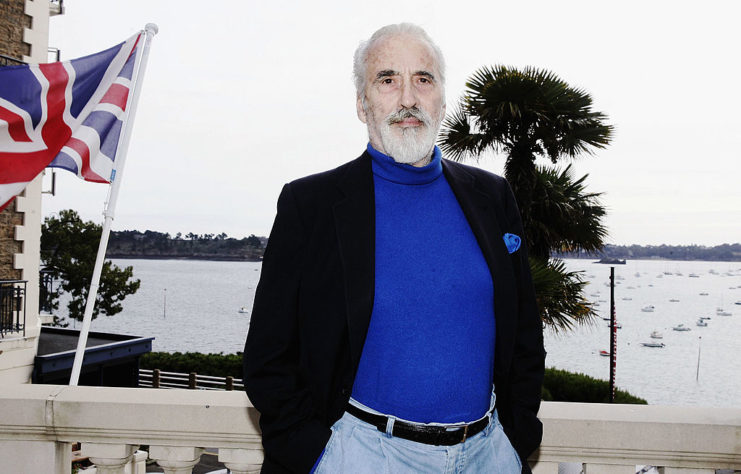
Lee later made a number of claims regarding his time in the RAF. He allegedly spent time in the Special Air Services (SAS) and the Long Range Desert Group (LRDG), as well as with the Special Operations Executive (SOE) as a liason officer to Josip Broz Tito. His stories included how he destroyed German-flown aircraft, snuck behind enemy lines and even helped retake Sicily.
During an interview to promote The Lord of the Rings, Lee also claimed to have served with the No 1 Demolition Squadron – better known as Popski’s Private Army (PPA) – and later captured German war criminals, saying of the role, “We were given dossiers of what they’d done and told to find them, interrogate them as much as we could and hand them over to the appropriate authority.”
Aspects of Christopher Lee’s military service are questioned
While Christopher Lee would often bring up aspects of the service in interviews, he was cagey about his duties when pressed. When asked about the Second World War, he would give vague answers like, “I was attached to the SAS from time to time, but we are forbidden — former, present, or future — to discuss any specific operations,” and, “Let’s just say I was in Special Forces and leave it at that. People can read into that what they like.”
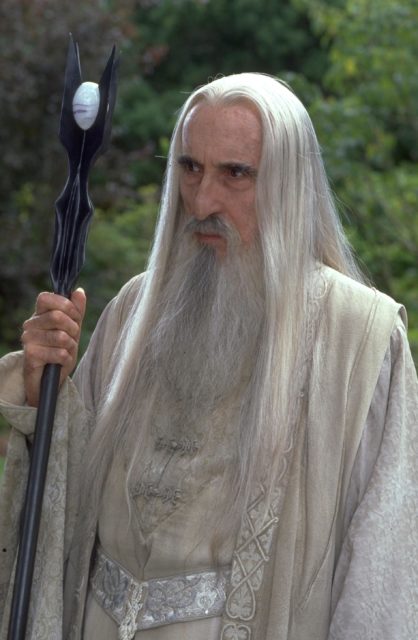
Historian Gavin Mortimer, a writer for The Spectator and a researcher into the role of the SAS during WWII, said that, while Lee wasn’t necessarily lying about his service, he may be guilty of exaggerating. “In reality, he served in none [of the elite military units],” Mortimer stated. “He was attached to the SAS and SOE as an RAF liaison officer at various times between 1943 and 1945, but he did not serve in them.”
Mortimer also takes issue with Lee’s claim that he wasn’t at liberty to speak about his missions, saying, “Nonsense. Wartime members of those Special Forces units are not — and never have been — prevented from discussing operations.”
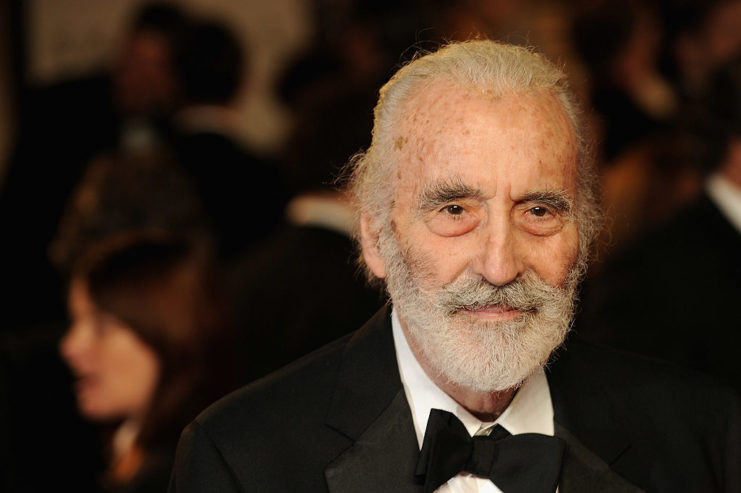
In regard to his service with the PPA, Roy Paterson, secretary of the Friends of the PPA, said there is no mention of the actor in the unit’s diary from the war. He adds that, while Lee was a member of the Friends of the PPA, the only “proof” of his service came from himself, when he said he visited the unit in Cervia, Italy in April 1945.
His claim he hunted German war criminals is also disputed
Another claim Christopher Lee made that may not be true is that he acted as a hunter of German war criminals for the Central Registry of War Crimes and Security Suspects (CROWCASS). The organization, which was set up by the Supreme Allied Expeditionary Force in 1945 to assist the United Nations War Crimes Commission, aimed to locate those suspected of committing war crimes during WWII.
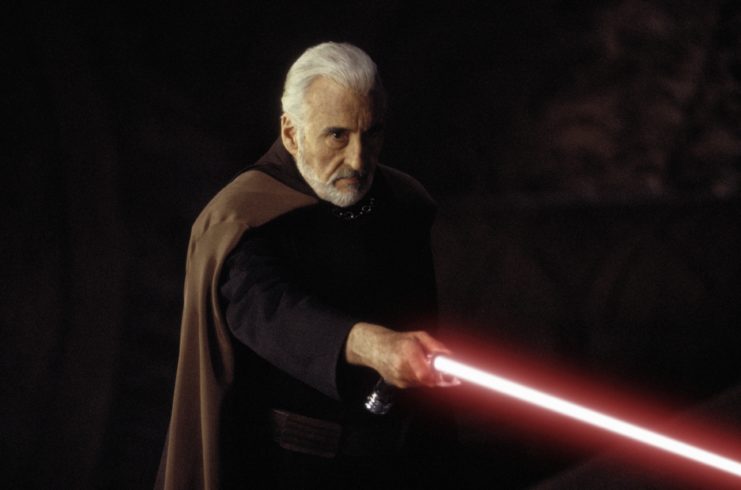
The reason this claim is disputed surrounds the way he described his job, which is different to how others explained it. Lee said he would come into contact with a German soldier, interrogate and then turn them in. However, British personnel in this position didn’t participate in fieldwork and were, instead, stationed in offices.
As Walters wrote for The Daily Mail, “Unfortunately, this cannot be true, as the members of CROWCASS (Central Registry of War Crimes and Security Suspects) were based behind desks in Paris or Berlin. Their role was to assemble evidence – they were most emphatically not scouring the remnants of the [WWII-era German government] and concentration camps for [German war criminals].”
He also adds that Lee’s name never came up when he was doing his own research into CROWCASS, neither in official lists or during interviews with surviving personnel.
